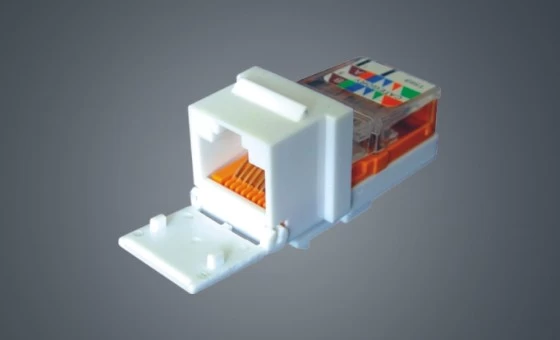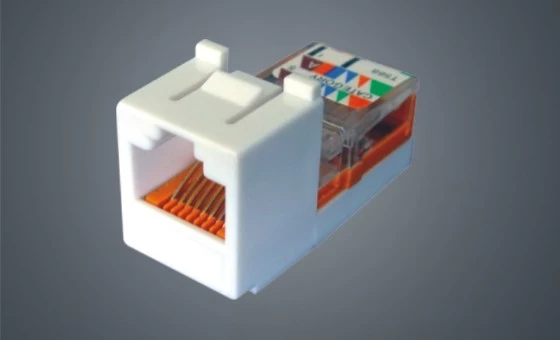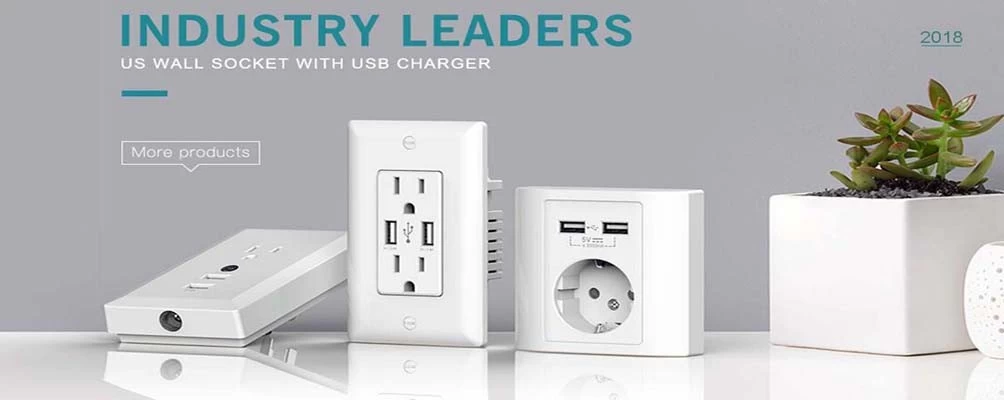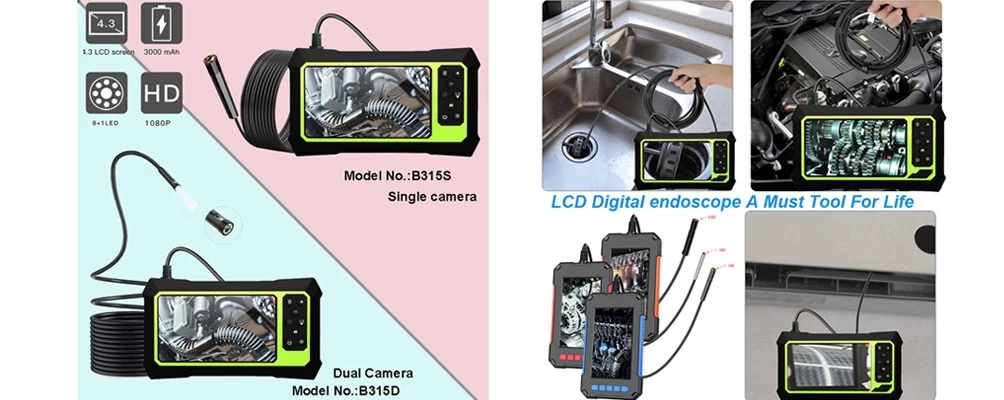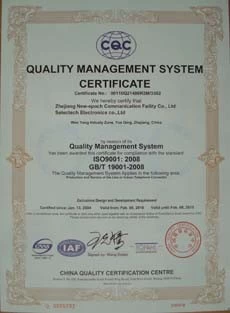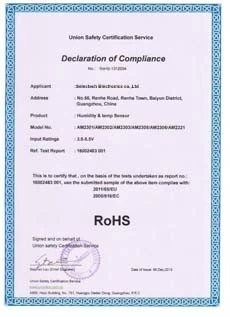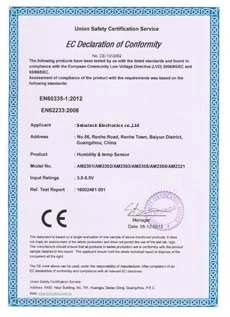Type of RJ45 module jacks product
*Category 6 free of unshielded modules
*Category 6 unshielded module
*Super five non-shielded module
*Shielding module

Due to the standard regulations, the interface of the module has little difference in appearance. The front side is the 8-pin structure of the RJ45, and the back side is the crimping part. (RJ11 module is basically eliminated, no longer detailed)

According to the application classification, RJ45 modules are usually divided into five types of modules (mainly used to transmit ten-megabit and one-hundred-megabit networks), six types of modules (mainly used to transmit 100-megabit and gigabit networks), and type 6A modules (mainly used for Transmission Gigabit, 10 Gigabit network), users can choose different levels of RJ45 modules according to their application.

According to the construction method, the RJ45 module can be divided into two categories: card-free wire-punching module (referred to as free-line module) and card-knife wire-cutting module. The card-free wire-cutting module is mainly used in China. Less applied. In the United States, for example, the United States only uses a card cutter to wire the module. The Americans believe that the card cutter crimp cable is the most reliable way to connect the module, so the Americans only accept the module with the card cutter.
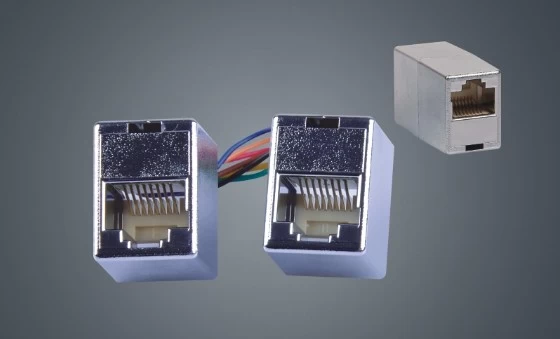
According to the electromagnetic characteristics (EMC) classification, the module is divided into two categories: unshielded module and shielded module. Among them, non-shielded modules are mainly used in China. The shielding module is basically used in the internal network of the party, government and army in China. There are requirements for the secrecy regulations in China. The internal network of the party and government must use a shielding system to ensure the security of information transmission.
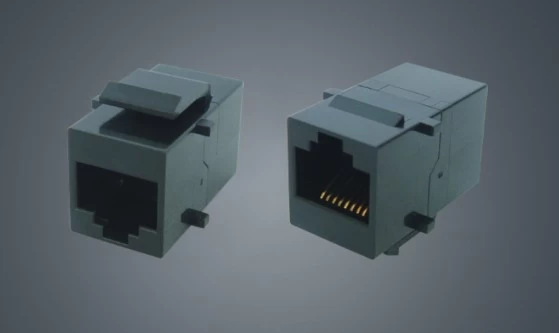

The above content may seem complicated. In fact, it is very simple. Take a project as an example to illustrate how to choose the module type. When we just take over a project, we first judge whether the project's wiring system has confidentiality requirements. If so, choose Shielding module, no choice is not to choose the non-shielded module; next we evaluate the user's demand, whether the user's wiring system is the current 100 megabytes of future Gigabit, if it is to choose 6 categories, not continue to choose: just a hundred megabytes, choose five categories , is the 10G class of 10G. At this point, the type of module we want is out: 6 types of unshielded modules or 6 types of shielded modules. As for whether it is a card-free line or a card-cutter line, you can see your personal preferences.
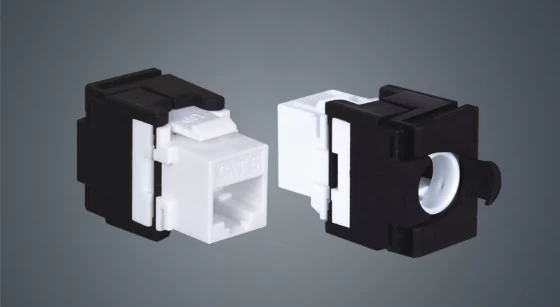
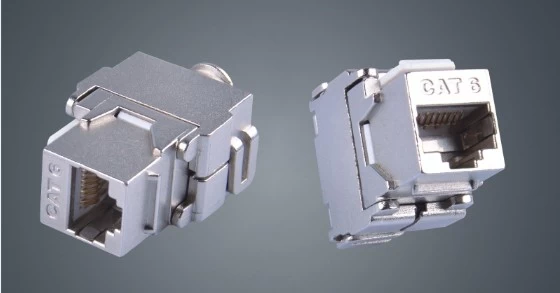
Here to remind everyone, the meaning of the free line module is not to use the knife to press the line, absolutely not this module does not need to press the line, this "free" means tool-free, that is, this module can be used without the line tool Press well, don't think that this module is connected to the line without pressing the wire.
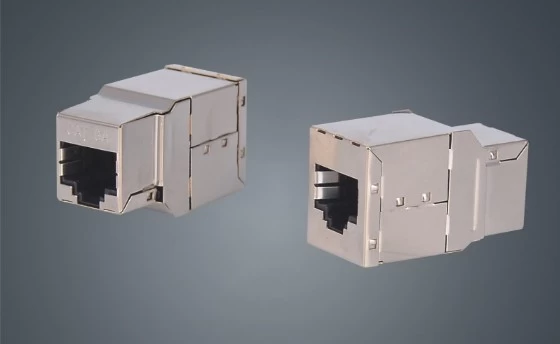
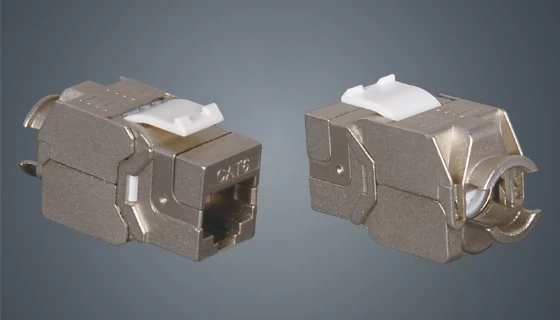
For a professional tool-free crimping module, the module should consist of two parts, one is the main body of the module, and the other is the card holder for the crimping line. The tool-free crimping module differs from the tool crimping module in terms of the details of the module due to factors such as the force-receiving structure. For example, in order to ensure reliable connection of the crimping wire, the thorn of the module will be exposed more, and the thorn Will be a gap.
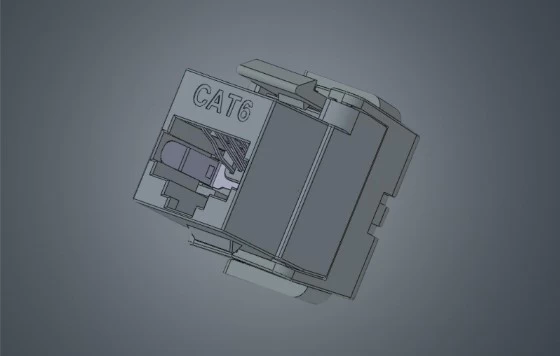
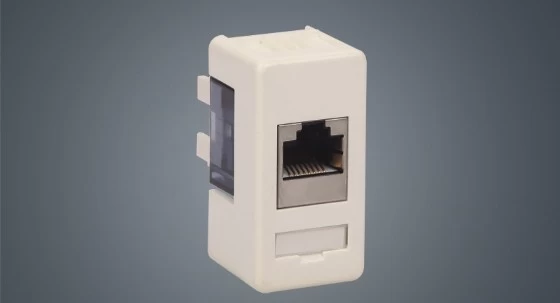 The reason why there is a tool-free wire-laying module in China is because the national conditions are limited, the construction workers are not willing to spend money on purchasing professional crimping tools, and habitually use the power cord connection habits. I think I can press the line into it. However, the network transmission requirements are not considered at all, not only on the connection, which forces the wiring manufacturers to introduce modules that do not require tool crimping in order to avoid line faults caused by tool problems.
The reason why there is a tool-free wire-laying module in China is because the national conditions are limited, the construction workers are not willing to spend money on purchasing professional crimping tools, and habitually use the power cord connection habits. I think I can press the line into it. However, the network transmission requirements are not considered at all, not only on the connection, which forces the wiring manufacturers to introduce modules that do not require tool crimping in order to avoid line faults caused by tool problems.
